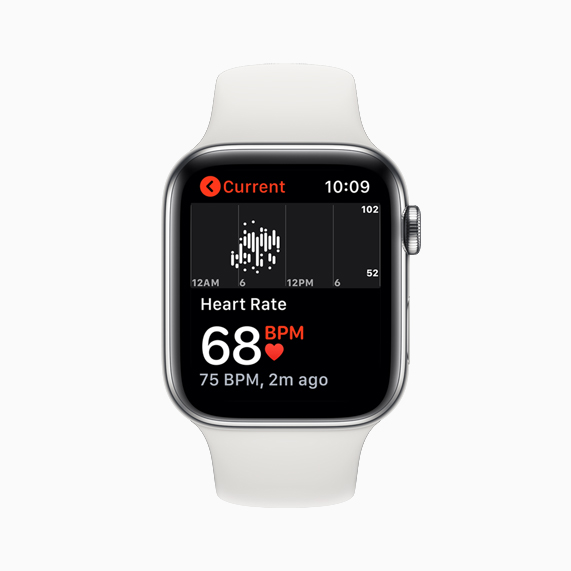Sites are as yet equipped for recognizing when a guest is utilizing Chrome’s in incognito (private browsing) mode, regardless of Google’s endeavors a year ago to upset the training.
There are a few reasons why site administrators like to square undercover mode clients.
For instance, a few clients utilize in secret mode to sidestep content paywalls and different substance channels/limiters. Furthermore, current in disguise (private perusing) modes in many programs today likewise transport with forceful enemy of following highlights that square sites from following and completely adapting their traffic.
The two issues – and the inalienable utilization of private browsing – bring about direct money related misfortunes to sites and the essential reasons why contents that recognize undercover modes have gotten famous lately.
GOOGLE TRIED TO FIX IT IN 2019
In mid 2019, Google chose to take a position against such contents. Chrome 76, released in July 2019, incorporated an update that blocked sites from utilizing the FileSystem API to distinguish if a client was utilizing Chrome’s ordinary perusing mode or its in incognito mode.
Before Chrome 76, the FileSystem API was just not accessible in disguise mode, and site administrators possibly needed to inquiry this API to see whether a client was utilizing undercover mode. With Chrome 76, Google initiated the FileSystem API for in secret mode windows making past location contents futile. Be that as it may, this update wasn’t idiot proof. Google didn’t completely initiate the FileSystem API, however only set up a hard cutoff to the measure of extra room that undercover mode windows could access, at 120 MB.
It took software engineers under seven days after the Chrome 76 discharge to find what was going on, and create contents that examined the FileSystem API to decide the measure of extra room a site could get to, and in a roundabout way identify if the client was utilizing in incognito mode or not.
Two unique contents were discharged in August 2019 [1, 2], and one of them even advanced into the New York Times’ site, affirming how famous these contents are with numerous online substance distributers.
NO NEW PATCH, DESPITE PROMISE LAST YEAR
Addressing an inquiry from tech news site Bleeping Computer, Google guaranteed in August 2019 to fix the detour and square in disguise mode identifications.
Nonetheless, after nine months, it is as yet conceivable to distinguish in disguise mode in Chrome, and the various Chromium-based programs, for example, Edge, Opera, Vivaldi, and Brave, all of which share the center of Chrome’s codebase.
Moreover, designers have taken the contents shared a year ago and have extended help to non-Chrome programs, for example, Firefox and Safari, permitting locales to square clients in undercover mode no matter how they look at it.
Right now, there is no cutoff time for another Chrome update to square in secret mode discoveries, in any case, today, Google may be intrigued like never before in fixing this issue.
On Tuesday, the organization has been named in a legal claim where its promotion division has been blamed for furtively following clients regardless of whether they were exploring the web in incognito mode.
Sponsors like Google have a group of markers to follow clients in both ordinary and in disguise mode the same. Blocking in secret mode identification won’t prevent sponsors from following clients in undercover mode, as both site administrators and publicists will at present observe data, for example, IP addresses and other traffic information. Be that as it may, it will assist Google with acquiring some great confidence with its clients, huge numbers of which care about their security and don’t prefer to be refused assistance by sites since they’re in incognito mode.
Disclaimer: The views, suggestions, and opinions expressed here are the sole responsibility of the experts. No Graph Daily journalist was involved in the writing and production of this article.



